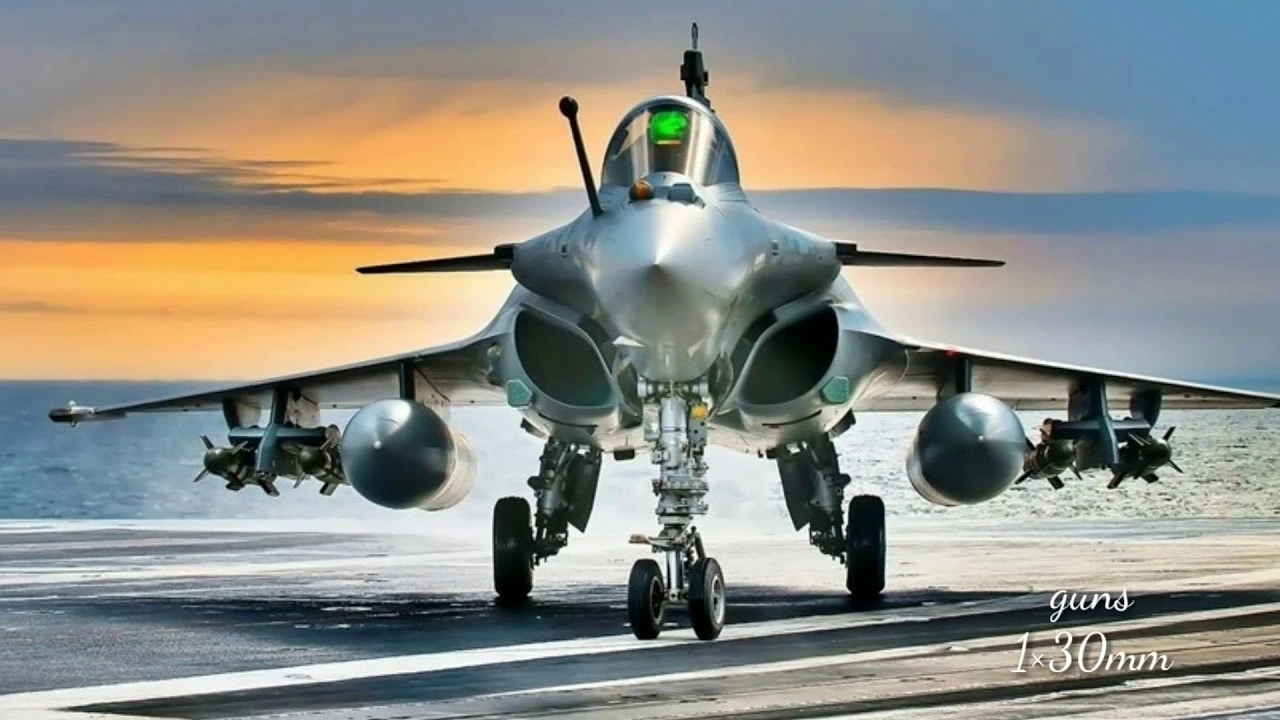Plane Crashes: What’s Happening and How to Stay Safe
Every time a plane goes down, the headlines explode. But behind the shock, there are patterns that help experts prevent the next disaster. Below you’ll find the most recent crash news, the main reasons flights fail, and simple steps you can take to protect yourself when you board a plane.
Recent crashes at a glance
In the past month, three notable accidents made global news. A regional jet in Southeast Asia crashed shortly after take‑off due to a suspected engine fire. A cargo plane over the Atlantic went down because of a fuel‑system failure that went unnoticed during pre‑flight checks. Finally, a small commuter aircraft in South America hit severe turbulence and lost control during its descent. Each case sparked a fresh investigation by the local aviation authority and, in many instances, by the International Civil Aviation Organization (ICAO).
Why do plane crashes happen?
Most incidents boil down to three big groups: human error, mechanical failure, and weather. Pilots can misinterpret instruments or miss a checklist step, especially under pressure. Mechanical problems range from faulty wiring to worn-out tires; regular maintenance catches most of them, but occasional oversights slip through. Severe weather – such as sudden wind shear or ice buildup – can overwhelm even the best‑trained crew.
Another often‑overlooked factor is runway conditions. A wet or contaminated runway can cause a plane to skid during landing, leading to a crash if the crew can’t correct in time. In the recent Southeast Asian jet accident, investigators found that a combination of runway contamination and delayed thrust‑reverser activation contributed to the impact.
Understanding these causes matters because safety agencies use the findings to tighten regulations. After the cargo‑plane fuel‑system issue, airlines worldwide were required to add a new inspection step for similar aircraft models.
If you’re a passenger, the best defense is staying informed. Before you travel, check the airline’s safety record on reputable sites, and pay attention to the safety briefings. Knowing where the nearest exit is and how the seat‑belt works can shave seconds off an evacuation.
When you board, keep your seat belt fastened whenever you’re seated, even if the seat‑belt sign is off. Turbulence is unpredictable, and a simple click can prevent injuries. If the flight crew announces a change in altitude or route, listen carefully – they’re often responding to weather or traffic that could affect safety.
In the unlikely event of an emergency, follow the crew’s instructions without hesitation. Use the brace position if instructed, and leave all belongings behind. Remember, the cabin crew train for these scenarios daily; they know how to guide you to the nearest exit quickly.
Finally, stay calm. Panic slows decision‑making and can lead to mistakes. Breathe, focus on the steps the crew is giving, and trust that the aircraft’s design includes multiple safety systems to protect you.
Plane crashes are tragic, but every investigation brings lessons that make future flights safer. By staying aware of recent incidents, understanding the common causes, and following basic safety habits, you can travel with confidence and help push aviation toward an even safer horizon.





